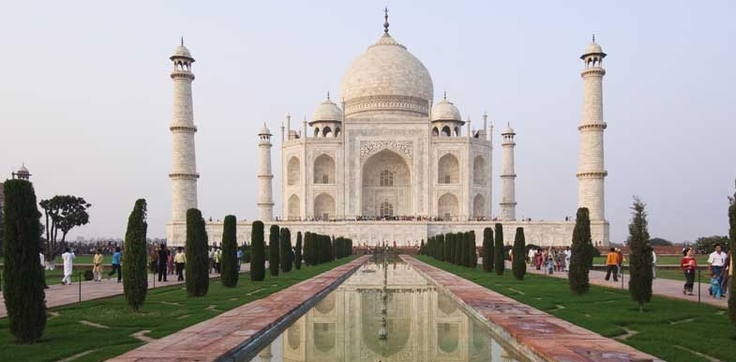Modi urges people to visit 15 domestic tourist destinations by 2022

New Delhi ( PTI ): With 20-million-odd Indian tourists travelling abroad on vacation every year, Prime Minister Narendra Modi on Thursday urged them to visit 15 tourist destinations within the country by 2022 to give a fillip to the domestic tourism sector.
Addressing the nation from the ramparts of the Red Fort on the 73rd Independence Day, Modi said India has much to offer and if domestic tourism increases, international footfalls too will increase.
“I know people travel abroad for holidays but can we think of visiting at least 15 tourist destinations across India before 2022, when we mark 75 years of independence.”
“There might not be very good hotels, but once we start visiting these places, these destinations will improve,” the prime minister said, appealing to middle-class and upper-middle-class families to show their children the “nitty-gritties” of the country.
Stating that while there can be progress in exploring the world, travels across the country will keep Indians grounded in their roots.
“You have to take out seven to 10 days for vacation, but please spend the time within the country,” Modi urged.
Modi’s statement comes close on the heels of the government’s announcement that 10 “iconic sites”, including Ajanta Caves, Taj Mahal, Fatehpur Sikri and Kaziranga, will be transformed into world-class destinations.
Culture and Tourism Minister Prahlad Patel welcomed PM’s statement and thanked him for urging tourists to travel within India.
“The PM has urged countrymen to visit at least 15 tourist sites within India by 2022 even under difficult conditions. I thank him for this. You are our brand ambassador,” tweeted Patel, who recently decided to make wildlife its theme for the Incredible India campaign for the next two months, taking a cue from the PM’s jungle adventure aired on Discovery channel earlier this week.
Modi further said a spurt in tourism helps in generating jobs with minimum investment. He said, “We must all think how to bring the world to India”, and for this, “We need to strengthen our tourist destinations.”
“It is time tourism helps in increasing the income of the common man.”
Over 10 million foreign tourists arrived in India in 2017 compared to 8.89 million in 2016, representing a growth of 15.6 per cent. Domestic tourist visits to all states and union territories numbered 1,036.35 million in 2012, an increase of 16.5 per cent from 2011.
According to the latest data available on the Tourism Ministry’s website, foreign tourist arrivals in June 2019 were 7,21,015 as compared to 6,83,928 in June 2018, up 5.4 per cent. During the period January-June 2019 the numbers were 52,66,898 as compared to 51,51,321 in January- June 2018 registering a growth of 2.2 per cent.
Modi, in his speech, also said the aspirations of the people have to be met in all sectors.
“Earlier people aspired to have a good mobile phone, but now they want more data and better speed… There is a huge scope to improve our tourism sector,” he said.
He said the time has come to boost exports and each district of India has much to offer.
“Let us make local products attractive. May more export hubs emerge. Our guiding principle is Zero Defect, Zero Effect,” he said.
He said the world is eager to explore trade with India and the government was working to keep prices under check and increase development.”The fundamentals of our economy are strong,” he said.
In a fresh push towards digital payments, PM told businesses to shun cash and go digital to bring transparency and root out black money.
“Shops should put up signs of ‘Digital Payment ko haan, nakad ko na’ (Yes to digital payment, no to cash).”
The Prime Minister called for increasing the use of digital payments all over the country.
Aug. 15 , 2019 Photo: Taj Mahal / whc.unesco.org














